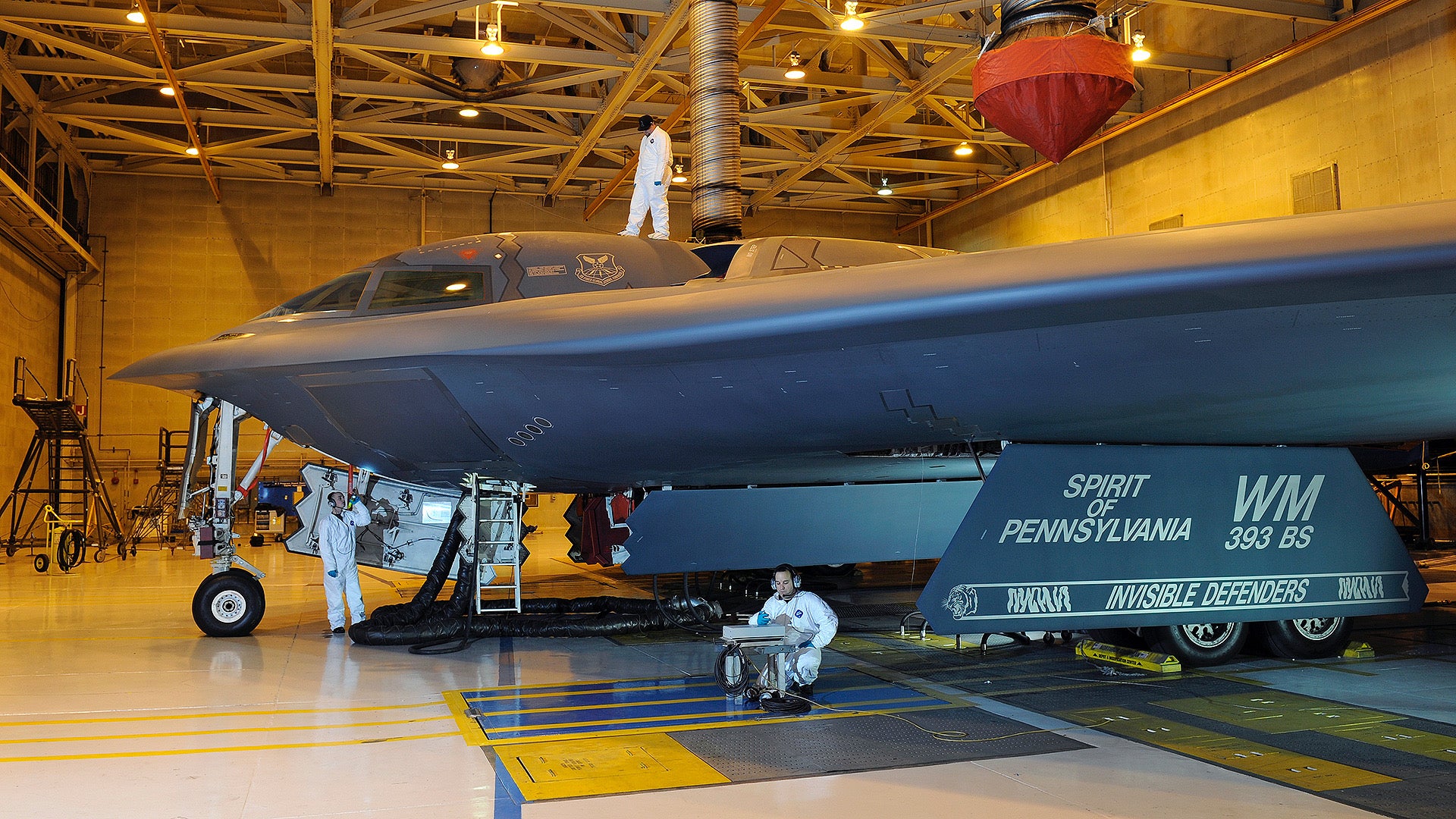Hollywood is Hollywood, and this is about a show produced by Hollywood, in Hollywood, so I would hope the stereotype isn't actually for reals. But, again, I'm not taking what follows as gospel, just very, very interesting.
There was a show, that's actually available now on Prime called 'The Americans', about a family where the wife and husband are deep cover spies for the former USSR, about the time the USSR is slowly imploding, back in the mid to late eighties. It is a great show although I didn't see the last season.
There is one episode where the mission is to infiltrate a submarine shipyard and steal the plans for a propeller, which is one of the most closely guarded components on a sub (Meaning - noise kills). The mission is a success, but, expecting the plans to be a hot item for theft, the plans were deliberately sabotaged with fake specifications. The soviets didn't detect the fake data in the plans by doing due diligence and testing, and so made the defective propeller and installed it on a sub for trials. The defective propeller caused the sub to sink (or something to that effect), killing the crew. What do the soviets do? They blamed the Navy/Shipyard for planting defective plans to be stolen rather than take responsibility for stealing state secrets from another country, and making sure the data was legit (Read = It was our fault their crew got killed, not the soviets). Absolutely bizarre mindset.
The soviets were/are notorious for stealing other countries' technology. Their version of the Concorde (TU-144) - didn't work and never went operational, looks almost identical to the real Concorde (The only remaining copy sits on a tarmac southeast of Moscow). Their version of the Space Shuttle (the Buran), never made it to orbit or went operational. The remaining 'Buran' shuttle rots in a hangar in Kazakhstan at the space launch facility (although I think their may still be another on that same tarmac with the TU-144 not sure). They have a version of our B-1 bomber also, but I'm not sure of it's operational readiness. As I recall, they reverse engineered the B-29 from an actual one that crash landed towards the end of World War II.
The weapons systems are designed with an expected life expectancy in mind, it's when we do too good of a job and the political winds shift that the planned life expectancy (which usually gets extended) goes out the window, kind of like the 'plan' when combat actually starts. As mentioned already, the B-52 airframe is the classic example.
But for the Grace of God, we managed to 'get' the best of the German scientists at the end of World War II, as distasteful as that notion is. If the soviets had gotten them, life would be very, very different now.
All that said, I'm OK if we have to spend some bucks paying for some re-engineered (and hopefully better quality) gadgets and gizmos for the military. It's not wasted when compared to the pork overdose that just got passed by the Senate.

Yup, just confirmed, that the TU-144, Buran, and a copy of the B-1 (sans tail) sits here, viewable through Google Maps -- Zhukovskiy, Moscow Oblast, Russia <Will take some looking around the northern tarmac area.

 www.thedrive.com
www.thedrive.com



